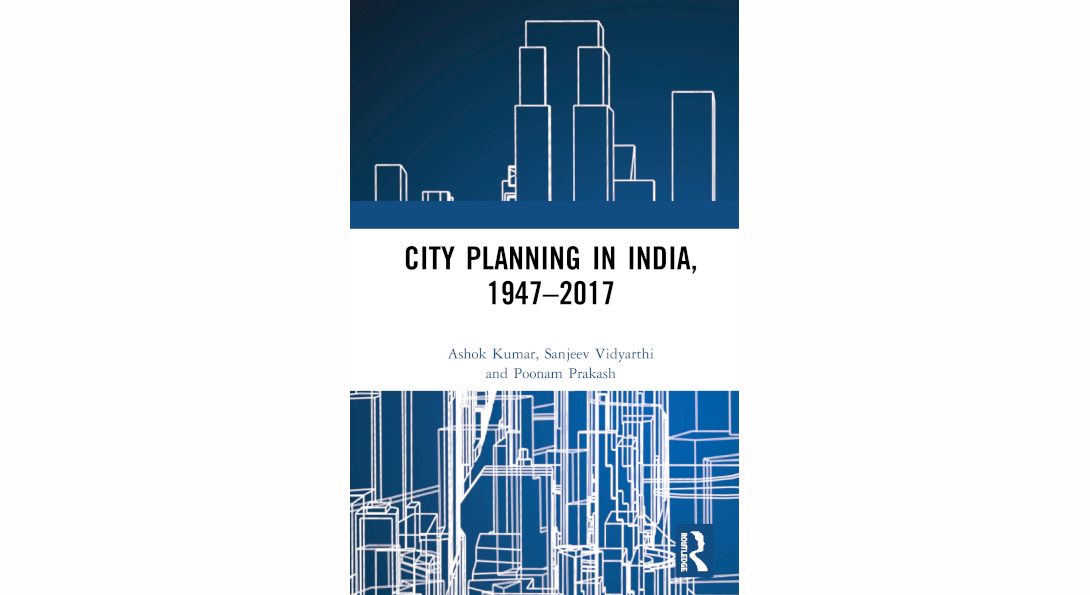UPP’s Sanjeev Vidyarthi Releases New Book On City Planning In India

For UIC Professor of City Planning Sanjeev Vidyarthi, author of several influential books and essays explaining the nature and development of spatial planning in India, a major gap in the literature rankled him throughout his career: no single book provided a comprehensive overview of country’s rich and wide experiences with city planning. As is well-known, post-independence India sponsored some of the world’s largest planning efforts such as the development of more than 100 new purpose-built towns following the country’s independence in 1947; and the well-funded Jawaharlal Nehru National Urban Renewal Mission (JNNURM), which aimed at augmenting basic infrastructure in the country’s 63 largest and most significant cities at the turn of the 20th century.
That longstanding gap in the literature has now been addressed by City Planning in India, 1947-2017, a text that Vidyarthi co-authored with professors, Ashok Kumar and Poonam Prakash, both faculty members at the prestigious School of Planning and Architecture (SPA), New Delhi. Their collaborative effort maps the country’s complex and changing approach to the field of city planning over time—during the late colonial, post-colonial and post-liberalization periods—illustrating how the vibrant urbanity and rich, multilayered texture of Indian cities relies upon a more complex spatial planning than commonly portrayed by the extant literature. As the authors state in the preface, the book dispels a common but misleading binary that has previously permeated discussions of planning practices in India: “Either plans exploit the colonized, or plans empower free citizens.” In this sense, the book sits in a unique position serving as a basic primer for the growing numbers of planning students in the country. “For us [the authors], the main audience of the book is planning student at Indian schools who will be the professionals shaping our collective, and increasingly urban, future.” Vidyarthi said. “The second audience is a growing number of ordinary people and progressive activists, residing in country’s increasingly hard to live places, who simply want a better quality of city life for everyone. And then, of course, anyone curious to know about city planning in India.”
Early reviews of the book from accomplished scholars have already praised its accessibility, scholarly focus, and nuance. For example, according to Patsy Healey, professor emeritus of planning at Newcastle University, “It will surely become an essential text for planning students in India, while serving as a very valuable introduction for all those interested in the ‘planning story’ of this vast and populous sub-continent.” Vinit Mukhija, professor and chair of UCLA’s Department of Urban Planning at the Luskin School of Public Affairs, notes how “City Planning in India, 1947–2017, is an outstanding introduction to India’s post-independence urban planning challenges, possibilities, and institutions… [while] it makes the case for and provides an important resource for the growth of the planning profession in the country.”